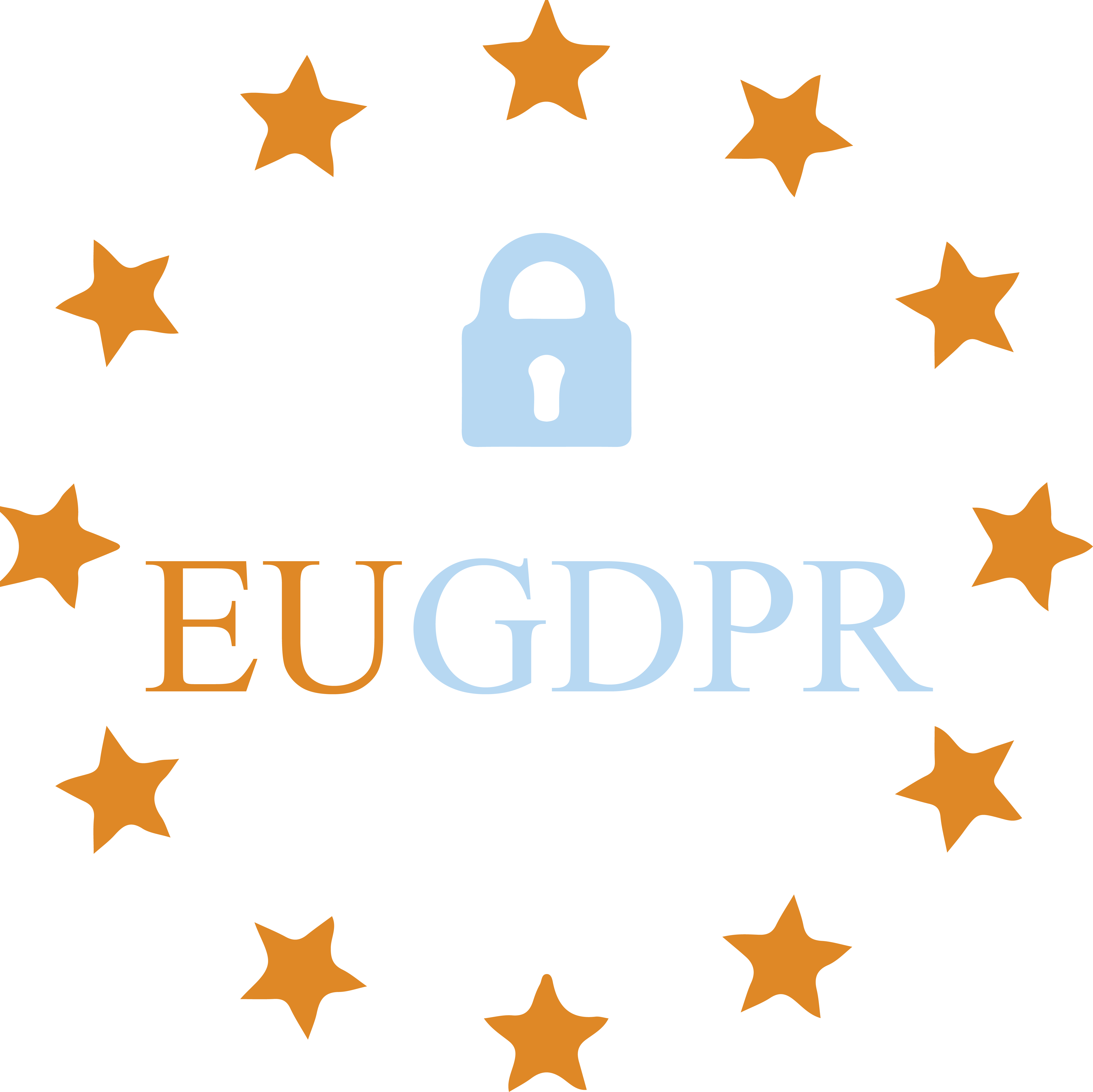
Sigstr Vice President of Marketing Justin Keller, speaks to the future of MarTech regarding building stronger leads, better strategies in the era of GDPR
When the May 25th GDPR enforcement date was announced, leaders from multiple industries panicked, as negative speculations started to take shape. Knowing that GDPR would have an effect on everything from data portability to the right to access and even website design, the field of digital marketing was especially concerned. However, the enforcement date has finally passed and the industry didn’t come to a screeching halt as many speculated.
While digital marketing has survived, it was not without some trials and tribulations. But the tradeoff is a competitive advantage when you consider the big picture and future landscape of the industry.
However, this shift has caused many companies to update cookie policies and be left with a smaller list of leads and less raw-data to manage after sending out a re-opt-in the campaign. So, what does the future look like for digital marketers? Here are the answers to some of those worrisome assumptions regarding GDPR.
Building a “known marketing” strategy is better for revenue and GDPR regulation
A known marketing strategy can be defined in a variety of ways. One component of this type of strategy is having the ability to map all the known relationships throughout a company’s employee-base and not just the CRM or MAP activity of your audience.
With helpful solutions on the market that combine security and marketing, compliance departments can analyze communications instantly and ensure compliance of all regulations. Healthy relationships are built on a foundation of strong communication and the ability to measure these relationships allows marketings to better understand their audience.
“Known marketing” has the ability to understand which leads can turn into customers
GDPR shouldn’t be viewed as detrimental to marketing. Instead, the guidelines can be viewed as a welcome catalyst to shift toward “known marketing.” This entails identifying the targets and contacts that are most important to a brand and are actively engaging with employees and the company overall.
However, many still view GDPR as a database destroying hassle, but again this assumption is far from the truth. In the past, marketers would flood their funnels with volumes of unknown acquired personal records that hardly ever turned into quality leads. With new protections around personal data compliance, the door is open to turn new leads into long-term customers. No one more wasted cycles, or “spray-and-pray” inbound practices.
The expectations that the marketing department will produce valuable leads stills exists
Many were concerned that GDPR would completely eliminate the ability to collect user data, however, it is still ok to collect this data as long as the process is documented and can be managed or deleted. The true challenge is knowing how to make the most of your data since most marketers are trying to identify the personas in their pipeline and develop valuable, appealing content. This is a common theme and through the use of GDPR regulations and known marketing, marketers can gain new insight into these relationships and identify where opportunities lie.
Despite any hassles that ensue, GDPR is a necessary shift to the problematic practices that weren’t doing the industry or marketers any favors. Moving forward, marketers will have the ability to make the most of the data they’re receiving and leverage it properly to create valuable relationships and leads.
